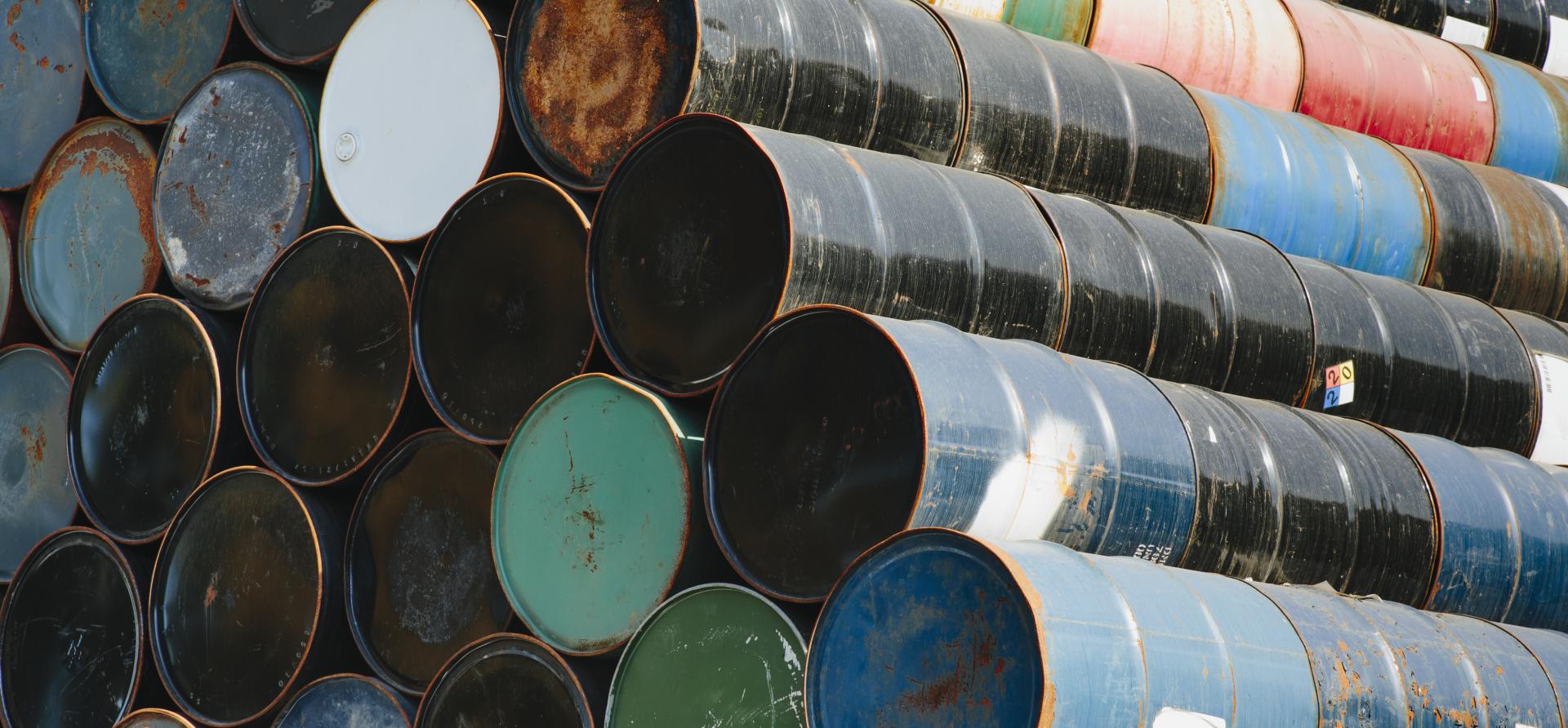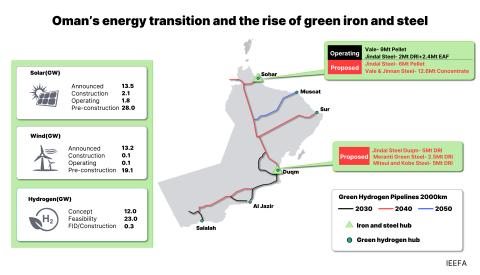Review of LNG Canada Project: Delays, Policy Changes, and Rising Costs
Download Full Report
View Press Release

Key Findings
LNG Canada, a multinational consortium that includes some of the largest oil and gas companies on the planet, passed the first phase of the two-phase project’s Final Investment Decision (FID) in 2018.
If the project sponsors of LNG Canada had assessed the energy landscape in 2021 instead of 2018, the changing landscape would have weighed much more heavily on their decisions.
In the three years since the 2018 FID, these market and non-market shifts have severely tested LNG Canada’s long-term economic viability and could turn it into a financial albatross for its sponsors.
Executive Summary
Developers of new liquefied natural gas (LNG) projects may be looking to LNG Canada’s project in British Columbia as a model. It is time to look again.
LNG Canada, a multinational consortium that includes some of the largest oil and gas companies on the planet, passed the first phase of the two-phase project’s Final Investment Decision (FID) in 2018. But policy changes, project delays, cost creep, and medium-term LNG pricing in Asia have greatly affected the economics of the first phase and challenge the efficacy of proceeding with Phase 2 (doubling capacity to four liquefaction trains). LNG Canada’s Phase 1 project attracted billions of dollars to the oil and gas sector in British Columbia. In only a few years, however, the energy landscape has changed significantly, with a focus on de-carbonization and a reluctance by the oil and gas industry to take on expensive new large-scale projects.
If the project sponsors of LNG Canada had assessed the energy landscape in 2021 instead of 2018, the changing landscape would have weighed much more heavily on their decisions.
LNG Canada began as an arbitrage opportunity to export natural gas trading at record low prices in British Columbia’s largest unconventional natural gas play, the BC Montney. The landlocked nature of natural gas in British Columbia caused the province’s price of natural gas to trade at a discount relative to other Canadian and U.S. natural gas hubs, making it the ideal natural gas feedstock for LNG Canada. LNG Canada’s Phase 1 will take in the equivalent of one-third of natural gas produced from British Columbia in 2020 and transport it across the province to LNG Canada’s Phase 1 liquefaction facility in Kitimat, B.C. From there, the liquified natural gas will be shipped across the Pacific to markets in Asia, where it must compete for market share and cover the costs of this massively expensive LNG project compared to global alternatives. At full capacity, LNG Canada Phase 1 will export 14 million metric tons per year (MTPA) annually to Asian markets.
Since construction of LNG Canada began in 2019, however, several policy changes and operational issues have arisen that affect the project. Policies governing the sustainable development of natural gas production in the BC Montney have slowed the expectation for rapid development of unconventional natural gas production in British Columbia. The lower price environment for associated oil and natural gas liquids (NGL) in the BC Montney’s unconventional natural gas production and the steep decline rates from initial production of wells add to the pressure faced by LNG Canada’s equity sponsors, who own a great deal of natural gas assets focused on Montney development.
Additionally, LNG Canada had contracted out the construction and development of the Coastal Gaslink (CGL) pipeline to operator and 35% owner, TC Energy, and is now disputing rising costs at CGL. TC Energy has threatened to suspend construction on parts of the CGL pipeline if the dispute is not resolved, further threatening the economic viability of LNG Canada. The LNG Canada terminal and CGL pipeline may become marginally profitable after the delays and cost overruns.
Market and non-market shifts could turn LNG Canada into a financial albatross.
The major motivation for the LNG Canada project is its equity sponsors’ need to generate profit from the Montney gas assets purchased between 2008 and 2012. To avoid more asset writedowns or a fire-sale of their BC Montney assets, the equity sponsors of LNG Canada need the project to succeed to sell their gas to a higher valued market in Asia. In the three years since the 2018 FID, these market and non-market shifts have severely tested LNG Canada’s long-term economic viability and could turn it into a financial albatross for its sponsors. The fallout would jeopardize proposed major LNG projects along Canada’s western coast, including Ksi Lisims LNG, LNG Canada Phase 2, Woodfibre LNG, and Cedar LNG (equivalent to more than double the capacity from LNG Canada Phase 1). The changing energy market conditions are quickly making LNG Canada a harbinger of the fragile economic profile and high risks for future LNG projects in the province.
















